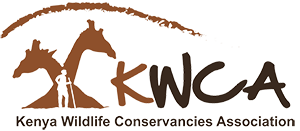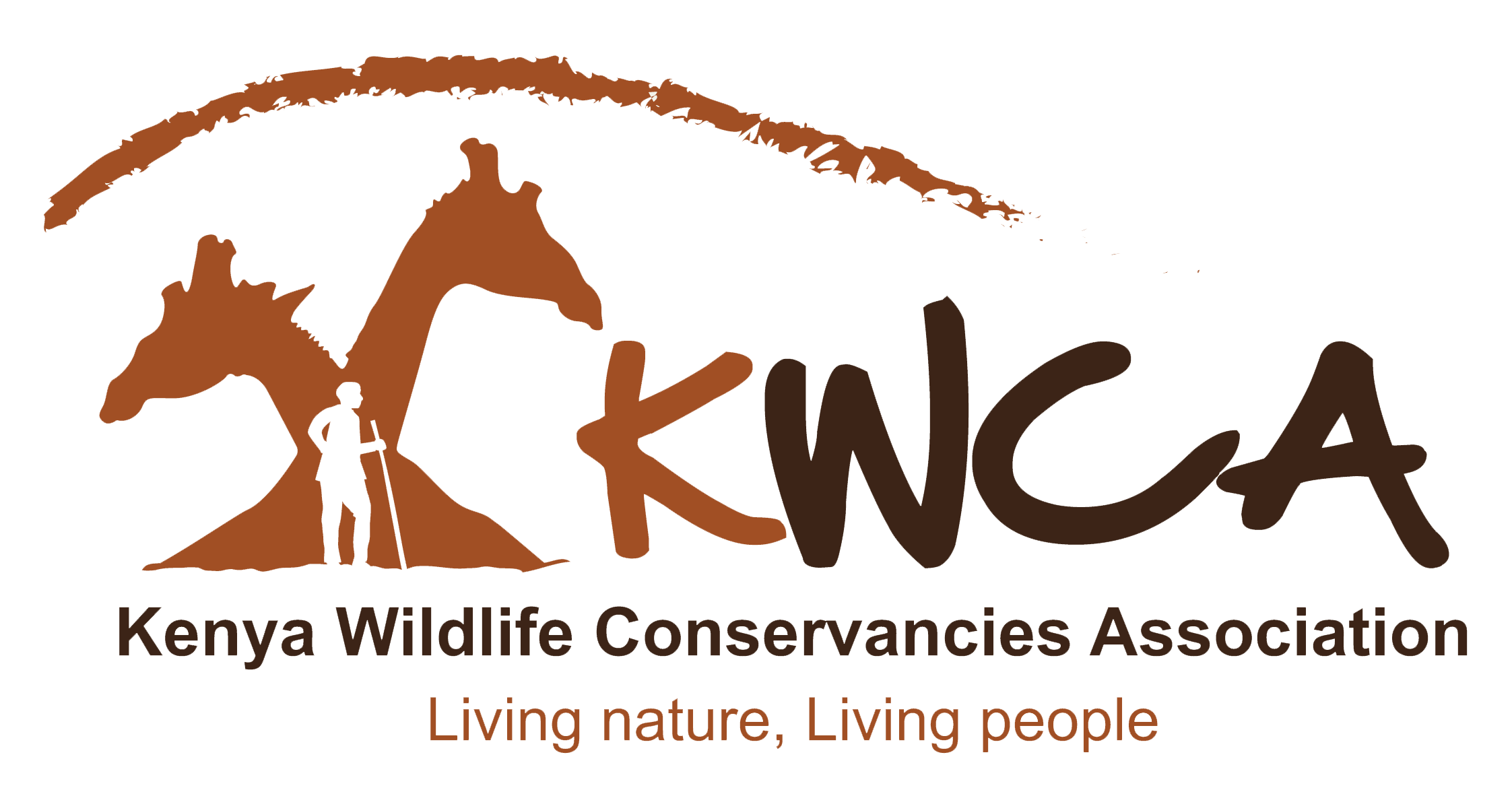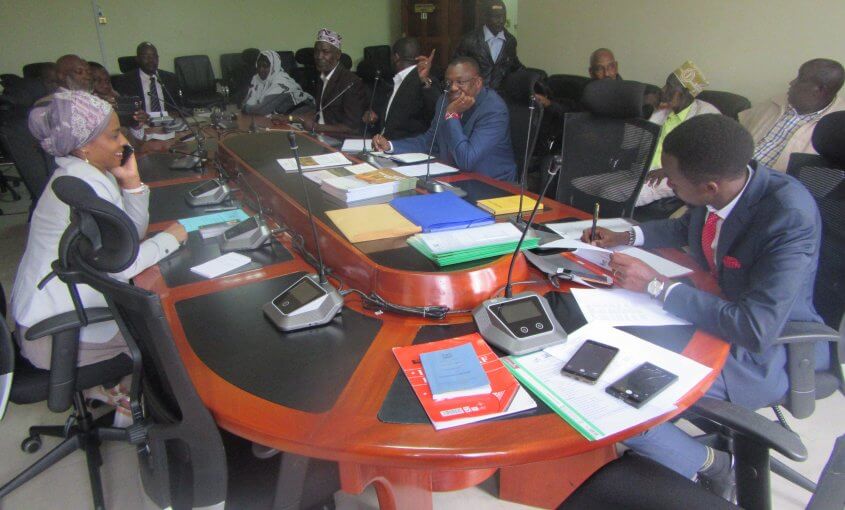Conservancy Leaders Briefing Paper to the Senate on Financial Support to Wildlife Conservancies
Briefing Paper
Senate Standing Committee on Land, Environment and Natural Resources
Submitted by Petitioners Representing Wildlife Conservancies in Kenya and Kenya Wildlife Conservancies Association
Date: 8th August 2018
Venue: Main Parliament Building, Committee Room 10
Introduction
This briefing paper is intended to appraise the Senate Committee on Land, Environment and Natural Resources on matters raised relating to the petition considered during the committee sitting of 26th July 2018. The petition relates to prayers by the petitioners concerning financial/budgetary support to wildlife conservancies for sustainable conservation and community development.
Context
- Kenya’s 2010 Constitution under Article 42 guarantees a clean and healthy environment to its citizens. Article 60 & 69 requires that the environment is protected for the benefit of present and future generations, and demands sustainable and productive management of land resources, sound conservation and protection of ecologically sensitive areas, sustainable exploitation, utilization, management and conservation of the environment and natural resources, and equitable sharing of the accruing benefits.
- Today, there exists a massive spatial overlap between high wildlife density and ecological sensitive areas on one hand and poor local communities, degraded lands and commonplace human wildlife conflict, on the other. Wildlife populations in Kenya are decreasing at an alarming rate and in most wildlife areas communities, owing to lack of benefits and absence of compensation are driving land uses changes that ultimately will replace wildlife.
- According to Kenya Integrated Household Budget Survey 2016 (KIHBS), the Counties with wildlife occupy 18 of the poorest 23 Counties in Kenya. The average poverty rate for this counties at 56.3% is far higher than the national average of 47.2%. Poor access to infrastructure, dependence on weather dependent food sources, low access to employment opportunities and occasional reliance on relief food characterize these communities.
- In Northern Kenya and parts of the North Rift Counties, where resource use conflict, armed cattle rustling and inter-tribal skirmishes threatens peace and order, families are displaced, sink further into poverty and consequently participate in environmental degrading activities.
- By 2016, Kenya has lost on average 68% of its wildlife (DRSRS Data) in four decades. In addition to the severe overall rates of decline, some species have declined by as much as 88%. By 2013, seven wildlife species across Kenya were classified as critically endangered, 19 as endangered and 37 as vulnerable with 44 ecosystems currently recognized as endangered (Ogutu et al 2018). Unless drastic improvements are urgently made, this loss is expected to continue to escalate with serious consequences to the country’s tourism industry and natural resource base.
- Wildlife loss outside state protected areas undermines the growth of Kenya’s wildlife tourism and compromises the sector’s ability to contribute towards attaining Vision 2030, Sustainable Development Goals and Convention on Biodiversity’s Aichi targets.
- Wildlife loss leads to loss of jobs, loss of income (rural households and support sectors) loss of foreign exchange and paints a bad image for Kenya which in turn leads to reduction in tourist arrivals as tourist shift to competing destinations.
- According to a World Bank report, Tourism is a key sector of Kenya’s economy, with wide backward and forward linkages and pro-poor distributional impacts, Tourism contributes between 8-14 percent to Kenya’s GDP, with highly pro-poor distributional impacts in rural areas. In 2017, Kenya earned KES 119.9Billion with 1.47million visitor’s majority of whom visited Kenya’s Parks, Reserves and Conservancies. Wildlife tourism contributes 70% of gross tourism earnings and 10% of formal employment (Tourism Blue Print 2018).
- National Parks and Reserves and Sanctuaries, managed by KWS and the County Governments are the foundation to Kenya’s conservation efforts. While more funding should be made available to KWS to secure our Parks and Reserves, Gazetted protected areas comprise 8% of the country’s land mass, alone the Parks and Reserves are inadequate as up to 65% of the wildlife is found in private and community lands. It is in community lands where wildlife faces the most urgent threats.
- The Wildlife Conservation and Management Act 2013 provides an enabling environment to address this challenge. Section 4 provides that wildlife conservation shall be devolved to the owners and managers of land, wildlife conservation as a recognized land use and benefits of wildlife conservation shall be derived by the land user in order to offset costs and ensure the value and management of wildlife do not decline. Further Section 39 and 40 identifies wildlife conservancies and community wildlife associations as key institutions to involve in wildlife conservation to ensure community and wildlife needs are harmonized.
- Wildlife compete for the same piece of land as agriculture, and other land based land uses, while agriculture benefits from subsidized, equipment, fertilizers, seeds and machinery, no such support exists for wildlife conservation, given the choice landowners will opt to fence off their land or lease for cultivation, this is the leading cause of human wildlife conflict in Kenya, in which both people and wildlife are losers.
Wildlife Conservancies in Kenya
- Wildlife Conservancies has internationally been applauded as a transformational approach to securing community livelihoods and wildlife conservation in Kenya. 160 conservancies spread across 28 Counties have secured 6.5million acres of land (11% of Kenya’s landmass) for community development and space for wildlife conservation.
- Community conservancies represent 89% of the land area under conservancies. Together with 12 Regional Associations, 707,460 Households with an estimated 5 million people are involved and benefitting, 4,800conservancy jobs have been created, and an additional 2,991 community rangers employed to support KWS rangers in law enforcement, wildlife and community security. Through this community policing partnership approach, many ecosystems in the country have recorded lowest levels of poaching.
- The Wildlife Conservancies host 142 tourism facilities providing the tourism sector with 2,397 tourist beds. Narok and Laikipia host 55% of conservancy camps and lodges while 77% of the tourist beds are in Narok, Kajiado, Laikipia and Nakuru County. In 2017, over 110,000 tourist beds were hosted in conservancies and KES 700 million invested in community household income including over 140million in community socio-development projects in health, water and education.
- Wildlife Conservancies are community institutions, they entrench democracy and community led development, the management board and conservancy staff serve the community development and conservation interests. Social cohesion and peace is promoted and natural resource use conflict minimized. In the implementation of conservancy programs, communities are enabled to participate in conservation related income generations, value addition of locally produced goods and services. Wildlife Conservancies therefore has the best potential to contribute to rural development and addressing local poverty creating safety net for families and communities while restoring peace and security particularly in insecurity prone areas of northern Kenya.
- Wildlife Conservancies create unique tourism products, facilities and activities for tourist, this intron creates employment to local youth, income to protect wildlife reduce KWS law enforcement burden, benefit rural communities and while contributing to food security, better access to health, water, education and development of infrastructure for rural communities, often not reached by government services. This contributes to the government of Kenya Big 4 development agenda.
Petitioners Prayers on Financial/Budgetary Support to wildlife Conservancies for Sustainable Conservation and Community Development
By making it economically viable for landowners and local communities living in rich wildlife areas to voluntarily participate in land uses that supports community development and prevent environmental destruction, National and County government financial and technical support is vital;
- Conservancies fiscal policy: While wildlife conservation is a national function, management of wildlife to benefit local land owners and communities is devolved to land users and county government where wildlife occurs. Land owners and communities undertaking this function require financial support to effectively implement this mandate. With Compensation for costs incurred by communities is currently not being met, safe for death caused by wildlife, and with limited direct support coming from National and County sources, most communities may in time opt to convert their land into non sustainable uses. Kenya’s 2018 budget policy statement 143 promotes mainstreaming conservancies into the tourism value chain. To this effect, a wildlife conservancies fiscal policy is necessary to guide national and government support. The government of Kenya stands to benefit from increased tourist numbers attracted into well managed wildlife conservancies.
- Conservancies Incentives Scheme: Efficiently managing a conservancy to the level of an internationally recognized tourism destination, requires procurement of expensive equipment for the conservancy rangers and managers. This equipment includes uniforms, communication and tracking equipment, wildlife monitoring equipment, fencing and transport. Without such equipment conservancies may not attract the increasingly security conscious tourist who opt for more secure destinations in neighboring countries. Conservancies further require incentives that attract investments and reduce costs associated to establishing a conservancy. Stump duty exemption for land leased to conservancies, Land Rates waivers, VAT exemption and zero rating for basic goods procured for conservancy management and direct budgetary funding from County governments will provide a much needed boost to conservancies in Kenya
- National Wildlife Conservation fund: To secure private and community held land for wildlife conservation, ecotourism and community development, conservancies undertake a land lease or land management agreements with the community. Tourism and other enterprise come into play to generate income, however many conservancies are in areas with low tourism potential. Since the inception of conservancies in the 1990s, conservancies have relied on resources from donor grants, philanthropist and charities. This funding option though useful is unstable, unpredictable and dependent on the conservancy ability to link with the international network. Many conservancies in Kenya are unsustainable and at a risk of collapse before reaching levels of attracting investments.
- County Wildlife Conservation Budget line: In order to fully implement the Wildlife Act 2013, and particularly to set up the devolved structures at the County level and to increase County government participation in wildlife and environmental conservation, the national government approval for creation of a budget line at the County governments to promote the conservation of habitat and species as well as ensuring sustainable utilization of the environment and natural resources within respective counties.
Submitted by Petitioners representing conservancies in Kenya and Kenya Wildlife Conservancies Association
Date 8th August 2018



Leave a Reply
You must be logged in to post a comment.